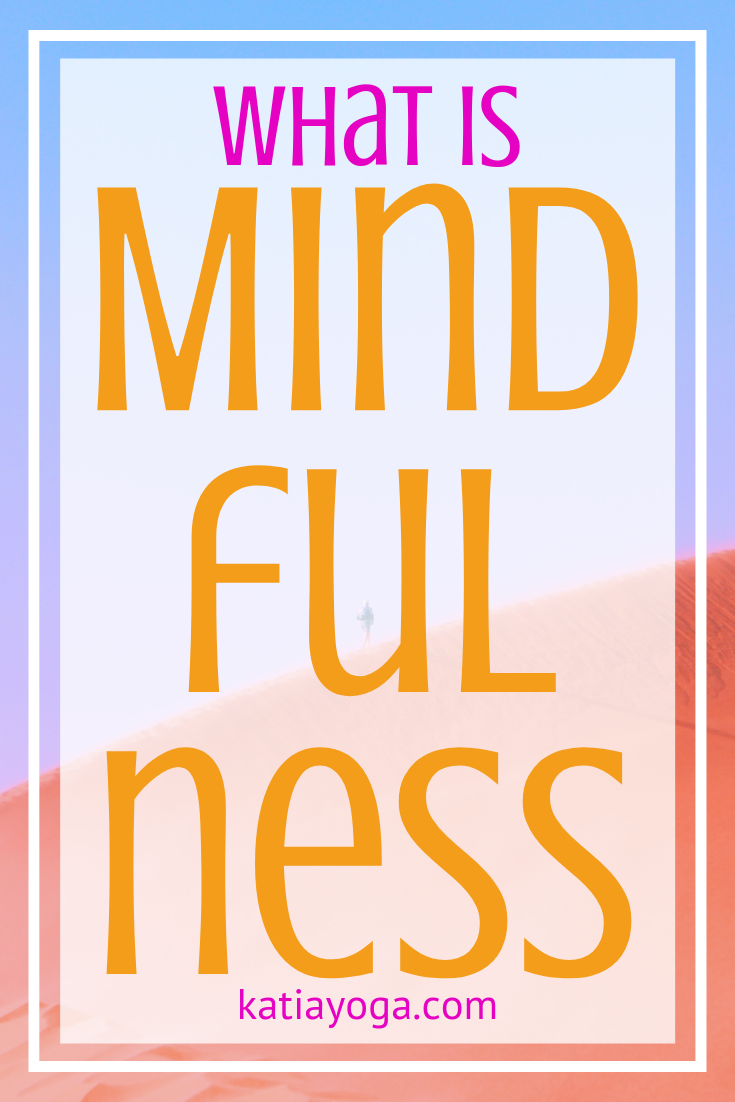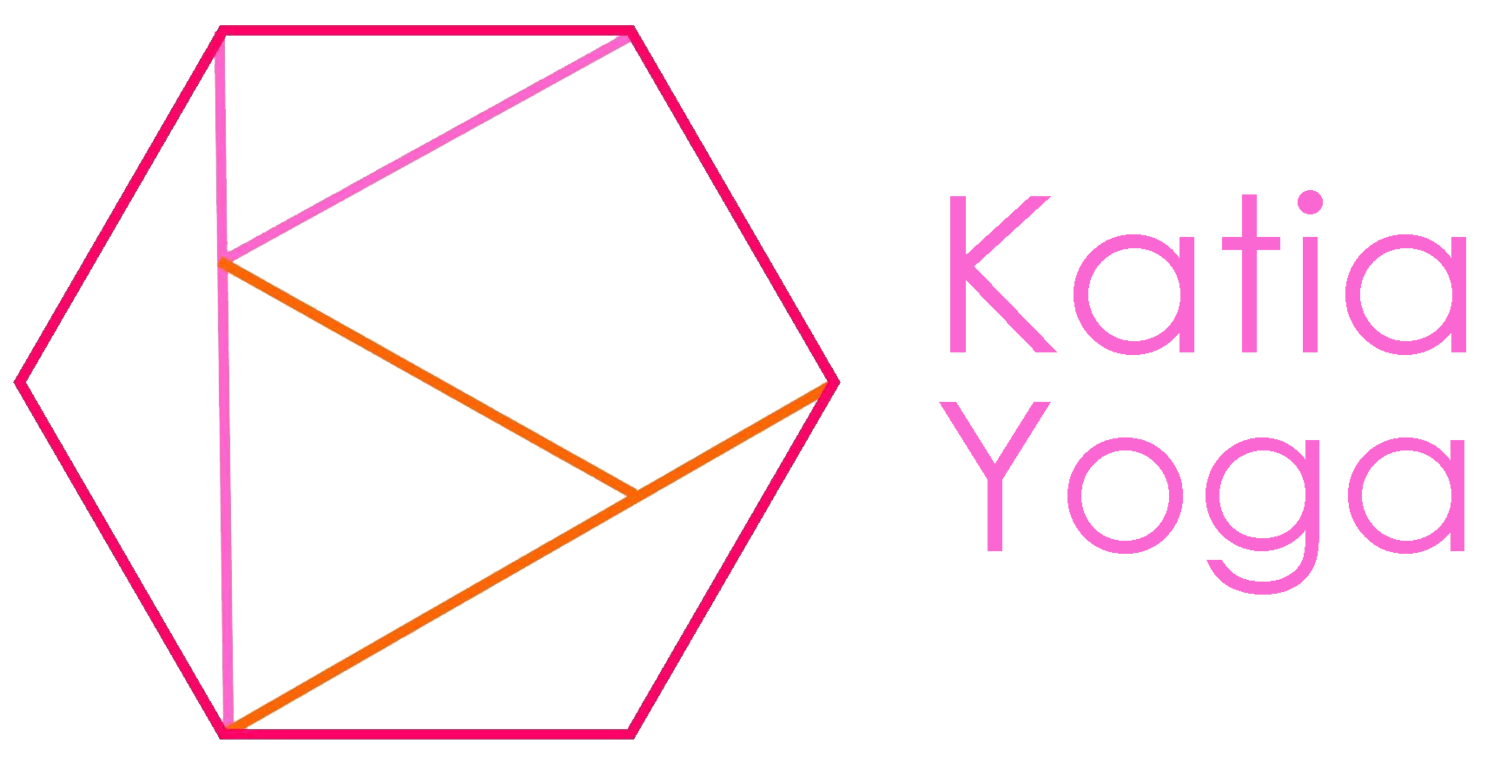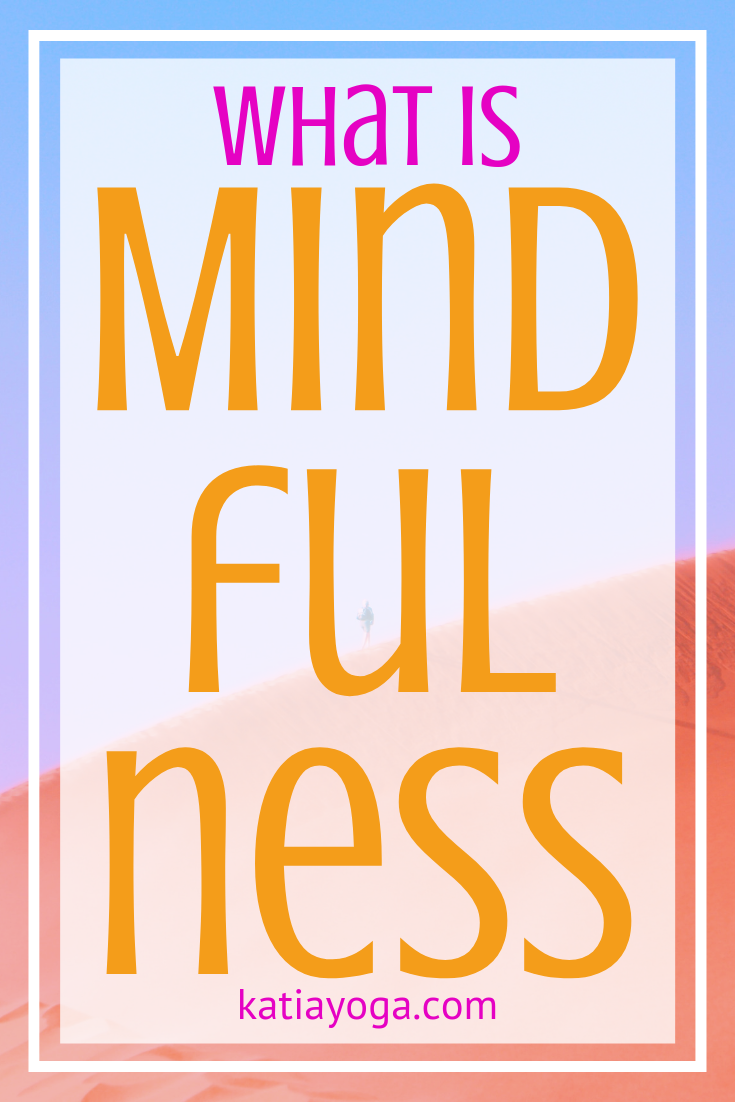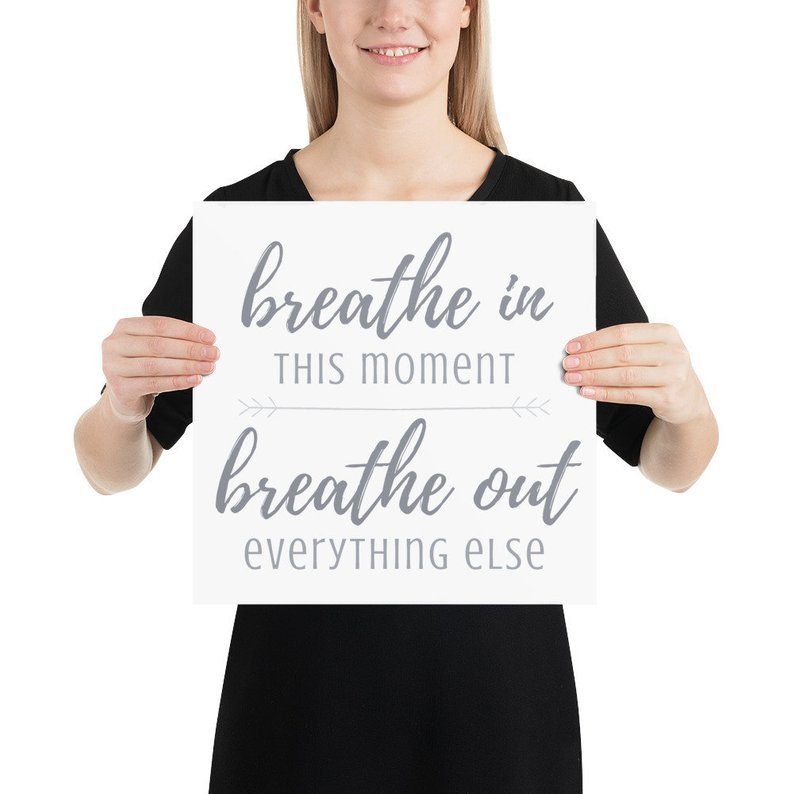What is Mindfulness?
For some, it sounds kind of California-crazy. Most of us think we know what it is, but do we? Does it mean meditation? Is it like yoga? It sure seems like everyone is talking about it! Should we be working on “being mindful?” Let’s try to sort it all out! [This post contains affiliate links]

Mindfulness is actually simple. It is the ability to be fully present and aware – of where we are and what we are doing – without being reactive and distracted by what’s happening around us. Basically, it means we are paying attention to what’s in front of us. It sounds simple. We think we’re doing it. The truth is, especially as we get older, it is harder to stay in the present and not pay attention to the million shiny objects that are dancing around us!
There’s a physical reaction
When our brains take flight, we lose touch with our physical self, and what follows is a raft of “what ifs” and obsessing, which causes us anxiety. Anxiety can create sleep problems, over and under eating, headaches, stomach issues, and in its extreme form, heart disease. Mindfulness can pull us back to what we are doing and feeling, and calm the anxiety.
Can you cultivate mindfulness?
The good news is that we are already mindful. We already do it naturally. It doesn’t mean we have to change. But we can cultivate it and increase our capacity to be mindful. Simple, scientifically-proven practices can be transformative in our lives and the good news is, many of them are available free online. Try this guide from mindful.org to get started.
The Best You
A big part of mindfulness is the act of becoming the best version of ourselves as human beings. Because we have the innate ability to be mindful, we can’t fail! But we can get better at it. Using meditation to be more mindful is a way of living, one that brings more awareness and caring into what we do each day. It can even make us more creative and effective.
Some people think they have to change religious affiliations to meditate. That is simply not the case. People of all beliefs enjoy the benefits of meditation, regardless of their faith. Increasingly schools are bringing mindfulness practices into elementary education to help children be more calm and focused.
It’s not in your head
Meditation is about the body, not just the head. It starts with more awareness of the body. Doing so is calming, relying on our internal rhythms to relax. Different types of meditation work better for some people and include: seated, walking, standing, and moving meditations. Some people merge their meditation practice with yoga or a sport.
Most people begin with a seated practice using guided meditations. Posture and breath are key. There are many guided meditations available – free and paid. The Stop, Breathe & Think app is great one for beginners.
How to sit
The following posture practice, from www.mindful.org, is a great beginner’s practice and takes just a few minutes. You can adapt it for any physical limitations or injuries.
1) Take your seat. Whatever you’re sitting on—a chair, a meditation cushion, a park bench—find a spot that gives you a stable, solid seat, not perching or hanging back.
2) Notice what your legs are doing. If on a cushion on the floor, cross your legs comfortably in front of you. (If you already do some kind of seated yoga posture, go ahead.) If on a chair, it’s good if the bottoms of your feet are touching the floor.
3) Straighten—but don’t stiffen— your upper body. The spine has natural curvature. Let it be there. Your head and shoulders can comfortably rest on top of your vertebrae.
4) Situate your upper arms parallel to your upper body. Then let your hands drop onto the tops of your legs. With your upper arms at your sides, your hands will land in the right spot. Too far forward will make you hunch. Too far back will make you stiff. You’re tuning the strings of your body—not too tight and not too loose.
5) Drop your chin a little and let your gaze fall gently downward. You may let your eyelids lower. If you feel the need, you may lower them completely, but it’s not necessary to close your eyes when meditating. You can simply let what appears before your eyes be there without focusing on it.
6) Be there for a few moments. Relax. Now get up and go about your day. And if the next thing on the agenda is doing some mindfulness practice by paying attention to your breath or the sensations in your body, you’ve started off on the right foot—and hands and arms and everything else.
7) Begin again. When your posture is established, feel your breath—or some say “follow” it—as it goes out and as it goes in. (Some versions of the practice put more emphasis on the out-breath, and for the in-breath you simply leave a spacious pause.) Inevitably, your attention will leave the breath and wander to other places. When you get around to noticing this—in a few seconds, a minute, five minutes—return your attention to the breath. Don’t bother judging yourself or obsessing over the content of the thoughts. Come back. You go away, you come back.
It really is that simple. In fact, when it starts to feel complicated, it’s headed in the wrong direction. But simple doesn’t mean it’s easy. It’s called “a practice” for a reason! The more we practice, the more obvious the results will be in our lives.

Housesharing with Silvernest
You can learn more about renting out your spare room at Silvernest.com – Silvernest is a complete home sharing solution. With our 100% satisfaction guarantee, our unique roommate matching system, background checks, secure in-website chat and more, listing your room is easy, so you can focus on choosing the housemate that’s right for you!








